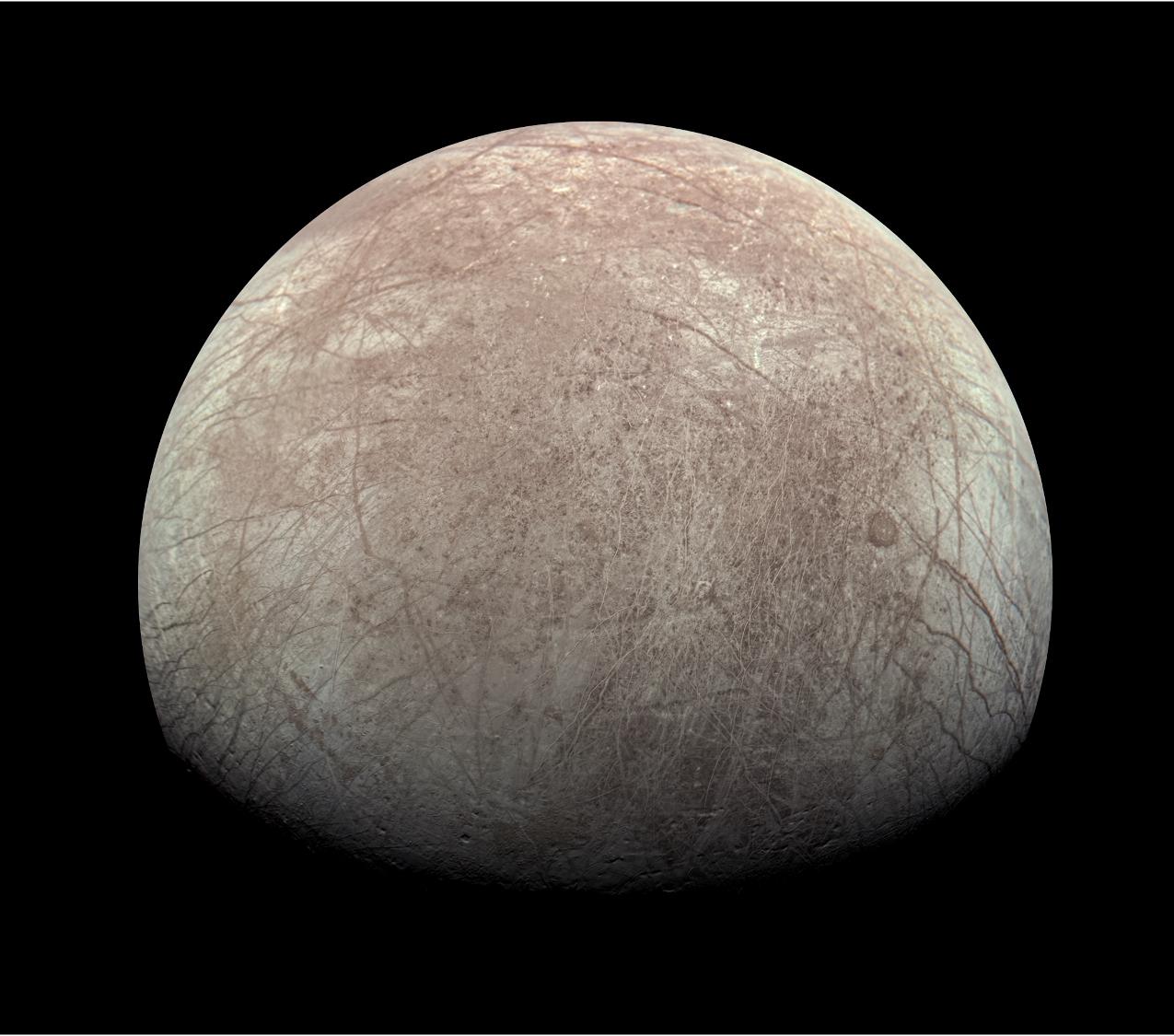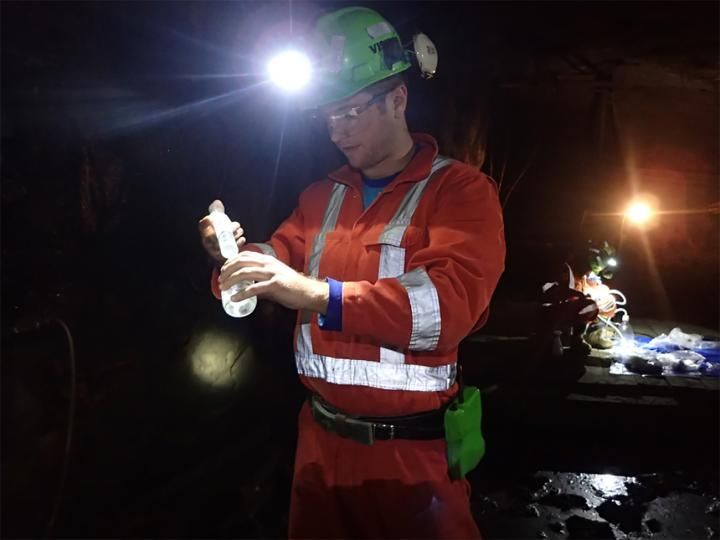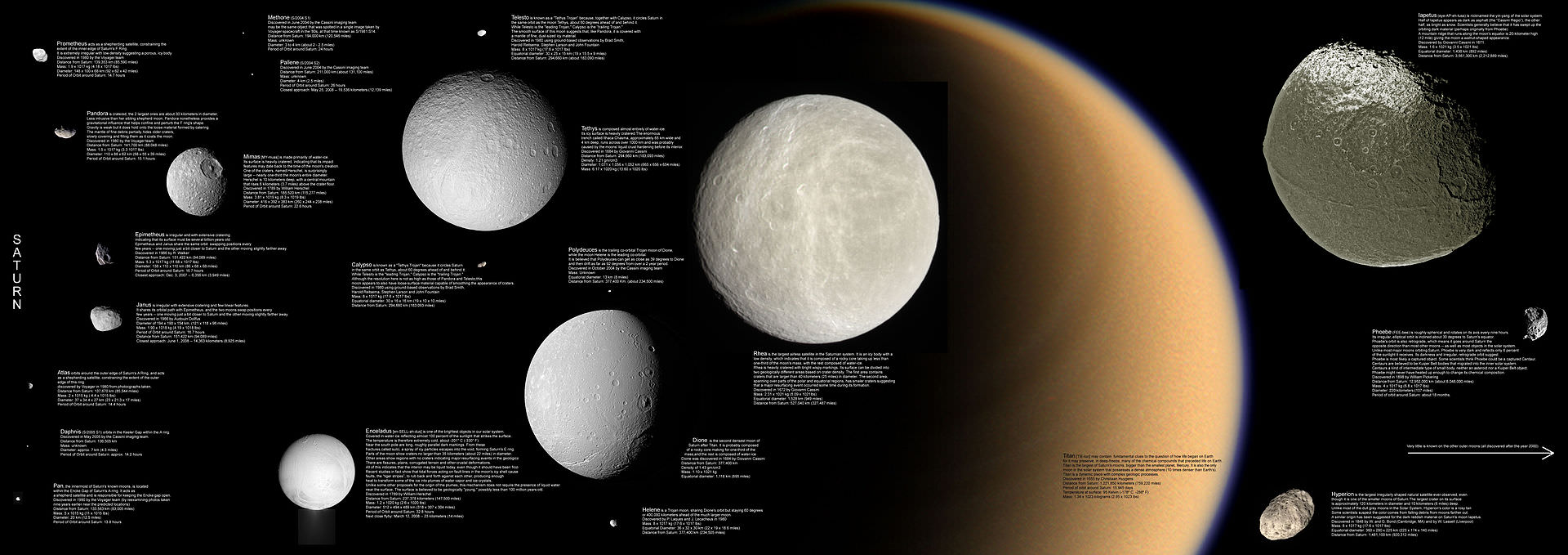Continuing with our “Definitive Guide to Terraforming“, Universe Today is happy to present our guide to terraforming Saturn’s Moons. Beyond the inner Solar System and the Jovian Moons, Saturn has numerous satellites that could be transformed. But should they be?
Around the distant gas giant Saturn lies a system of rings and moons that is unrivaled in terms of beauty. Within this system, there is also enough resources that if humanity were to harness them – i.e. if the issues of transport and infrastructure could be addressed – we would be living in an age a post-scarcity. But on top of that, many of these moons might even be suited to terraforming, where they would be transformed to accommodate human settlers.
As with the case for terraforming Jupiter’s moons, or the terrestrial planets of Mars and Venus, doing so presents many advantages and challenges. At the same time, it presents many moral and ethical dilemmas. And between all of that, terraforming Saturn’s moons would require a massive commitment in time, energy and resources, not to mention reliance on some advanced technologies (some of which haven’t been invented yet).
Continue reading “How Do We Terraform Saturn’s Moons?”






